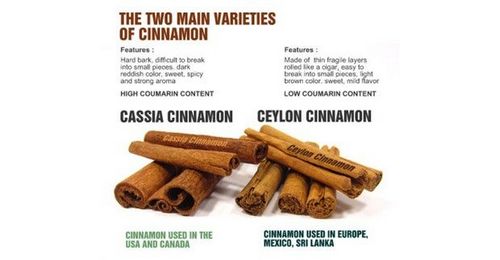
Saigon cinnamon has been a main ingredient in Vietnamese cinnamon tea for several centuries. The most important difference between the two varieties is that Saigon cinnamon is actually a species of Ceylon and is classified as true Ceylon cinnamon. This means they come from different trees, but that they do share many similar characteristics. Saigon cinnamon has also been popular for its high quality and variety.
Saigon cinnamon comes from the Saigon cinnamon tree. It is a deciduous tree, which means it grows slowly and produces its leaves all year round. Its branches reach up to 90 feet in height and can reach over two hundred feet. Saigon cinnamon can be found growing wild in the mountains of central Vietnam. It is also found in plantations and gardens in other countries, including the United States.
The main characteristic of this tree is the fact that it is highly perishable. Although it can be harvested by hand, in order to get the maximum yield from each harvest, it must be cut into pieces before it is picked. Each piece of cinnamon has its own unique aroma, which is usually a combination of sweet and spicy. Each individual cinnamon plant is covered in brown, white or yellow flowers. The blooms can grow to a full height of around thirty feet and can produce about one thousand blossoms a year. The branches grow at a very slow rate and the leaves are dark green with small scales on their upper surface.
When it first comes out of the ground, Saigon cinnamon produces an aromatic and mildly sweet aroma. The flowers begin to wilt quickly after the water has evaporated and then the seeds are released into the soil below. These seeds have a distinctive golden color and are oval in shape. Saigon cinnamon plants are generally self-propagating, although the process is not as simple as this description might make it sound. The seeds have to be taken into an open field where they begin to germinate, just as with all other plants.
The flavor of Vietnamese cinnamon is quite mild and is usually sweet to the taste. This is another reason why many people choose to drink it hot. Saigon cinnamon has a smooth consistency and is usually used as a spice, mixed with milk or honey to flavor rice and other dishes. A strong taste will balance the sweetness of rice, and other dishes. Some people use it for cooking, and others make it their primary ingredient in other dishes like desserts.
In addition to having a great variety of uses in food, cinnamon has long been used in medicine to treat various health problems. Many people believe that cinnamon can help with anxiety and depression and even relieve pain and relieve nausea.
Cinnamon may also help to cure or reduce the symptoms of cancer and diabetes. Many people also use cinnamon in their bath water for relieving headaches. One popular remedy is to put a few drops in a bowl of warm water and massage into the affected area for a short period of time. If you are suffering from a cold or cough, a few drops of cinnamon can help to relieve any pain you may be experiencing and bring you a bit of relief.
Some people also use Saigon cinnamon as a tonic. Cinnamon can be taken as a tea to help relieve cough, fever or even to treat stomach problems.
Cinnamon has long been considered a natural antiseptic, especially when compared to common household cleaners such as bleach, lemon juice, or turpentine. Aroma therapy has long been used in both Asia and the West, but its effectiveness has not been well documented.
Cinnamon has also long been used as an antibiotic. The seeds are rubbed into a wound to aid in the healing process and relieve the pain and inflammation. Because cinnamon is so strong, it is not advisable to apply the paste directly to a wound or use it in any form of medicine because the concentrated scent can cause skin irritation.
The main ingredients in Saigon cinnamon include cassia sinensis, cypress, white mulberry bark, juniper berry, and orange peel. Although the seeds are bitter, they are not poisonous and pose no danger to humans when properly prepared. The skin, eyes, and mucous membranes in the mouth should not be consumed.